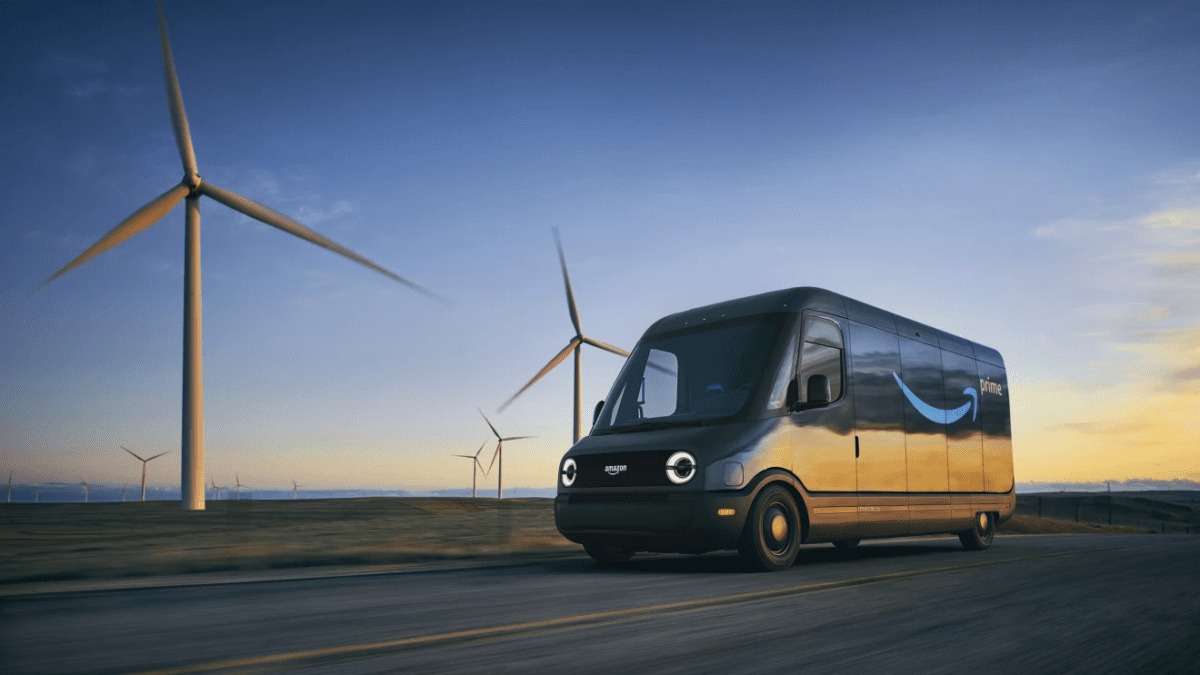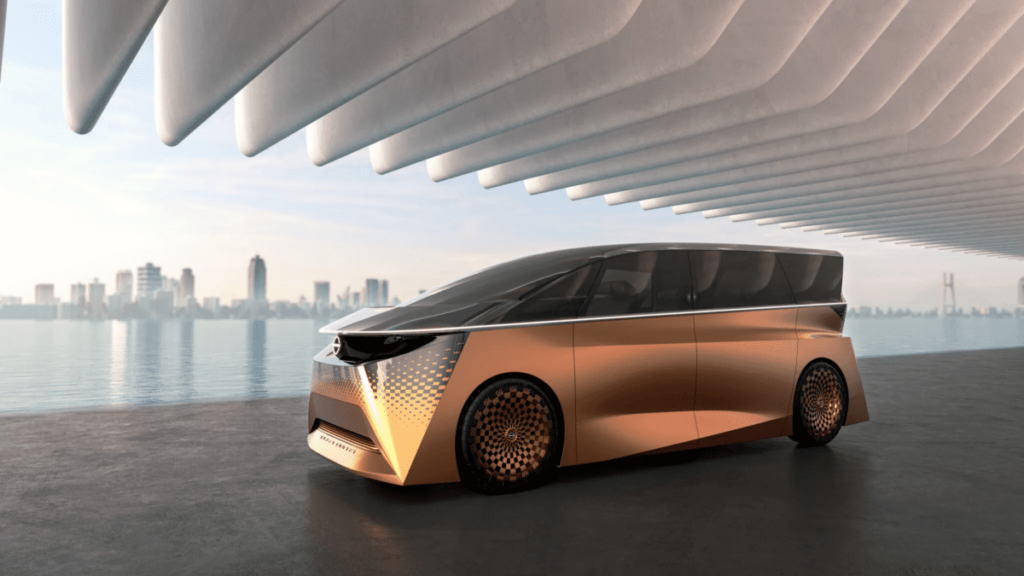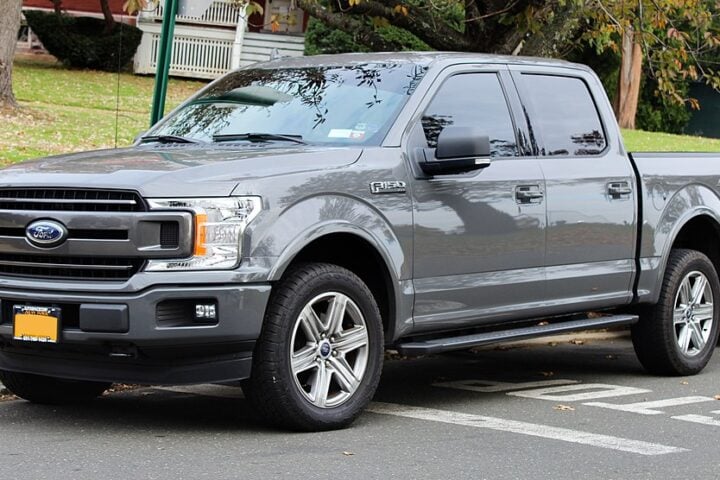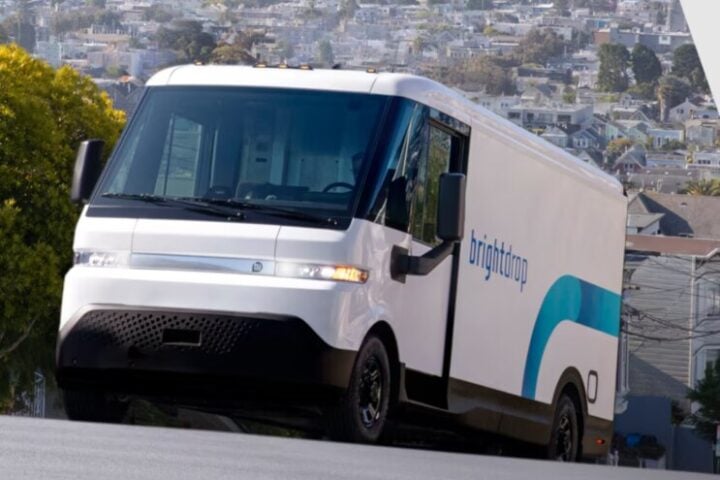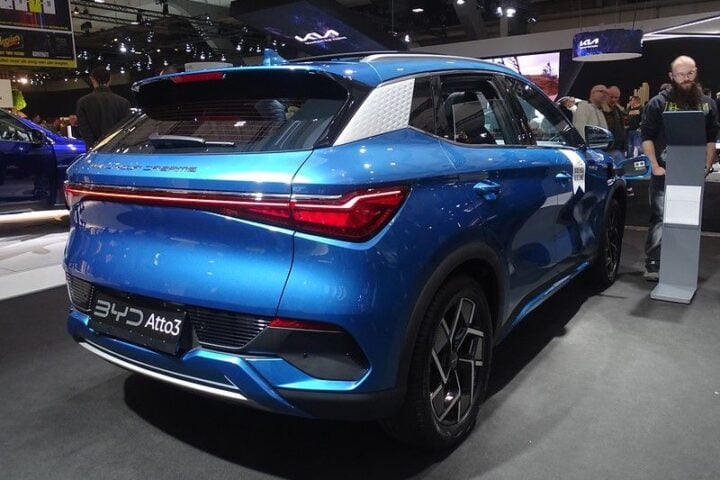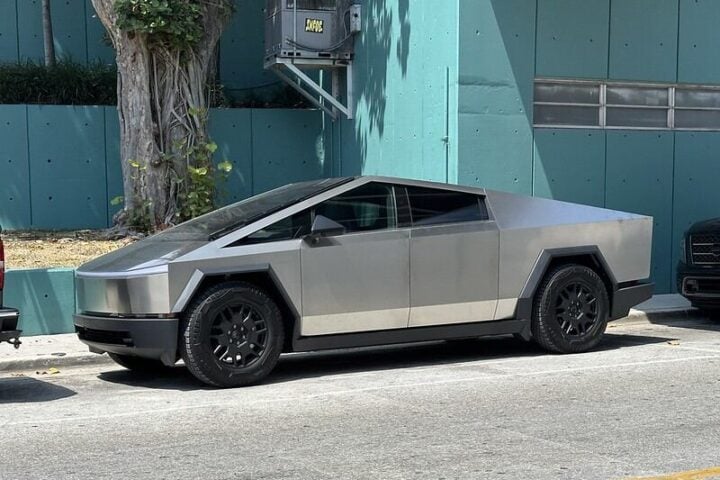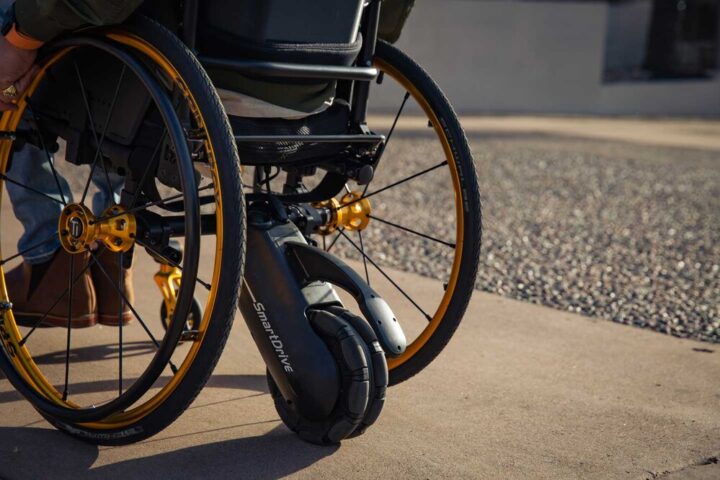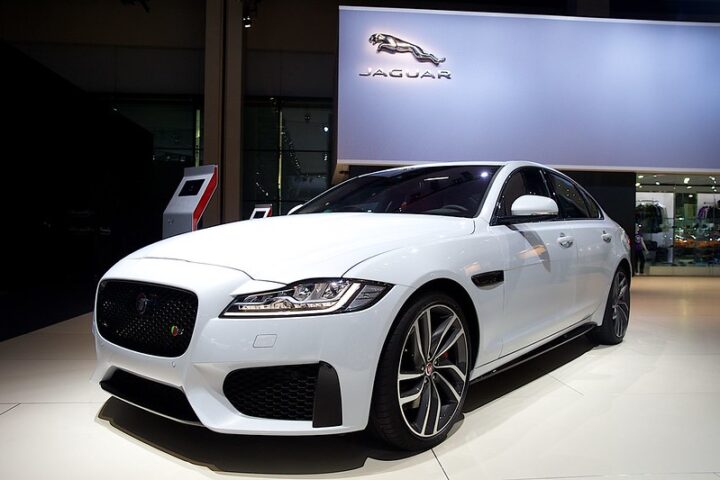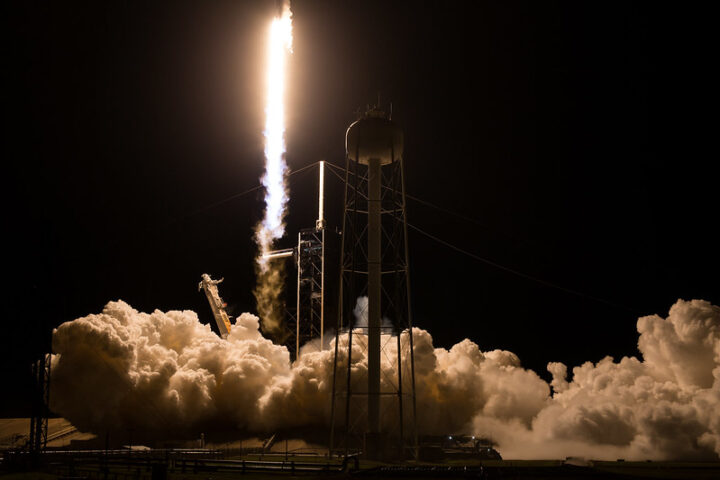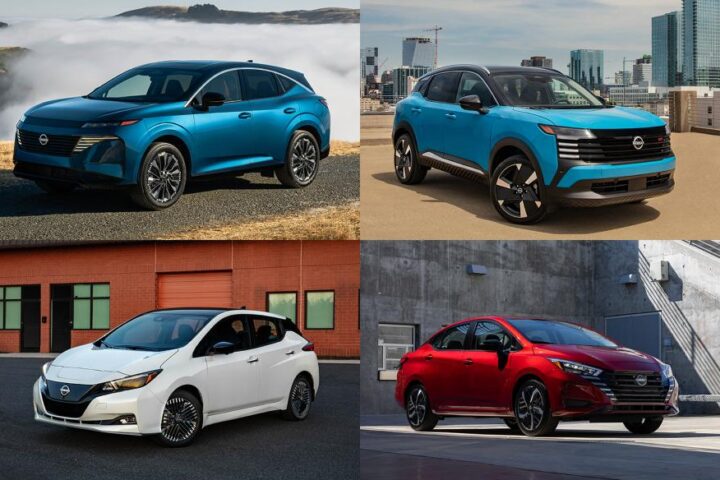Amazon’s electric van rollout, powered by Rivian, marks a significant milestone in the logistics industry’s shift towards sustainable mobility. This isn’t just a fleet upgrade; it’s a complete overhaul of the delivery playbook, with a clear focus on slashing carbon footprints. These aren’t your average delivery vans; they’re mobile, green powerhouses designed to make both the driver’s job and the planet a bit safer. And we’re not just talking a few test vehicles here and there. Over 10,000 of these bad boys are already cruising across the U.S., with a global footprint expanding into Europe.
But let’s back up a bit. This green machine didn’t just appear out of thin air. It’s the fruit of Amazon’s 2019 Climate Pledge, with eyes set firmly on a net-zero carbon target by 2040. Fast forward to 2022, and these vans are not just on the drawing board; they’re on the streets, delivering more than 260 million packages, no less. And it’s not just about quantity; these vans are smart, too. We’re talking cutting-edge safety features, 360-degree visibility, and a driver-first design. Think of them as the Swiss Army knife of delivery vehicles.
Similar Posts
Now, powering a fleet this size isn’t a walk in the park. It takes serious juice, and Amazon’s got it covered with over 12,000 chargers across the U.S. But this move is just one piece of a much larger sustainability puzzle. Amazon is throwing everything but the kitchen sink at this, testing everything from e-cargo bikes to e-rickshaws. They’re not just changing the game; they’re rewriting it, cutting down packaging weight and exploring alternative fuels like green hydrogen.
And this isn’t a solo ride. The whole industry’s in on it. Companies are realizing that green is not just color; it’s currency. According to Forbes, businesses are now leaning into sustainable logistics, understanding that slashing carbon footprints and optimizing supply chains isn’t just good for the planet; it’s great for business. And it’s not just about cleaner engines. We’re seeing a surge in biofuels, electrification, and even retrofitting existing ships for reduced emissions, as highlighted by TNO’s research on sustainable shipping.
This shift isn’t just a trend; it’s a necessity. The 32nd Annual Study of Logistics and Transportation Trends underscores that competing on price alone isn’t sustainable. The real competitive advantage? Going green. And with initiatives like Amazon’s electric vans, we’re not just navigating a shallow pool of resources; we’re diving into an ocean of sustainable possibilities. So, next time you see one of those vans, remember, it’s not just a delivery vehicle; it’s a promise of a greener future.
